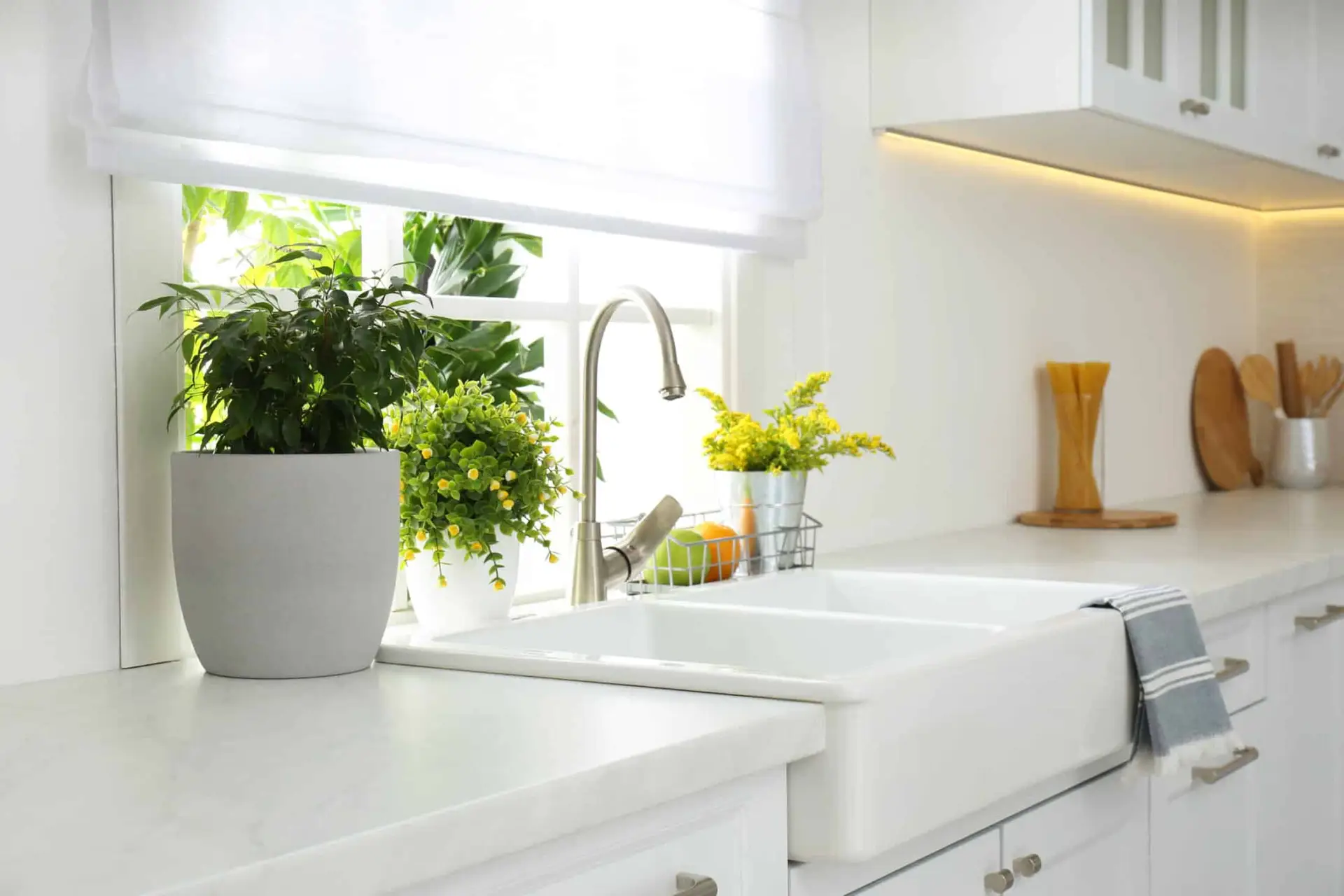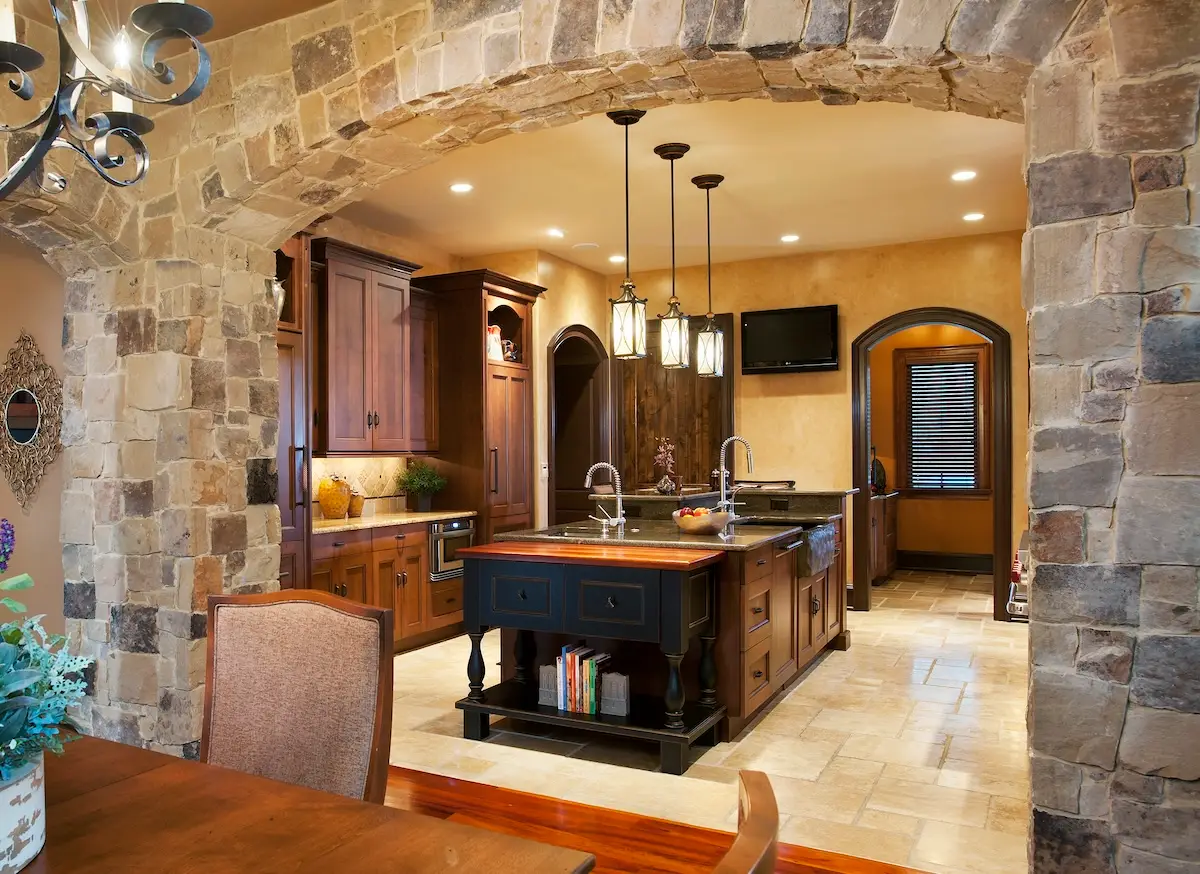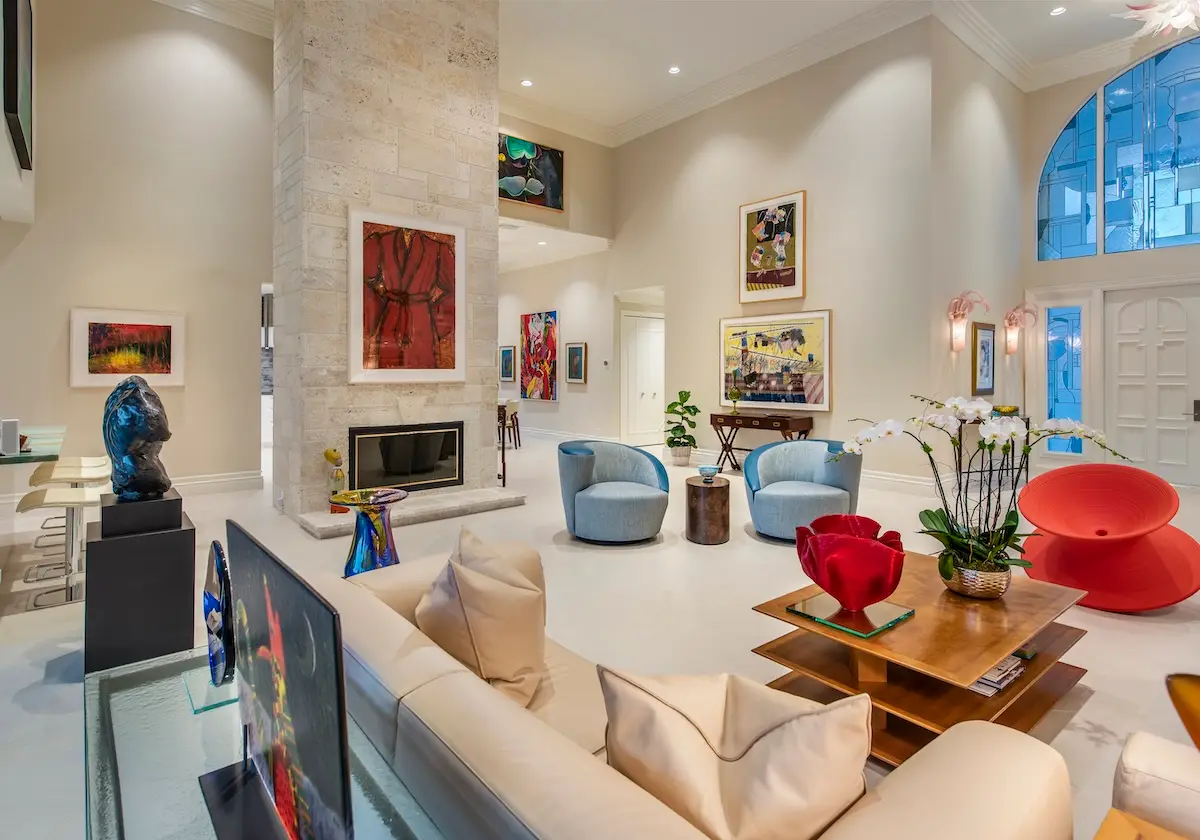Over the past few years, many of us have required more from our homes as part of a pandemic-infused, home-restricted lifestyle. In 2023, deciding how to create a multifunctional space in our home spaces has not lost momentum. This trend focuses on the flexibility and adaptability of space, furniture, and design interiors.
We want more from our space without sacrificing aesthetics or our preferences. Multifunctional design can strike this balance when done well. If you’re considering adding more versatility to spaces in your home, here are a few tips to keep in mind:
Get in the Zone
Before you start, name what matters most to you and anyone else utilizing the room. What purposes does the area need to serve? Will people use the room for different functions simultaneously or at different times? You can answer questions like these to narrow in on how to create a multifunctional space to meet your needs and still maintain flow in your home.
Next, think of the space as consisting of different zones based on these needs. Zones work best in a larger space where you can rearrange furniture and utilize lighting options, mirrors, shelving, and/or rugs to create your zones. The largest zone will be whichever function you decide is most important. Consider what can serve as a focal point, such as a fireplace in a living room that also works as a study space. Additionally, determine if the zones you have in mind complement each other. Bulky gym equipment may not pair well with a modern entertainment room where lighting, sound, and layout needs may conflict.
Find Flexible Furniture
A key to creating the ideal multifunctional space is to find flexible furniture. Furniture that has multiple uses is especially beneficial where space is limited. Benches, drop leaf tables, and ottomans can add texture, color, contrast, shape, and more without unnecessary visual noise. You can then preserve the design flow more efficiently when integrating these pieces. Incorporate olive green, warm woods, and natural rattan for an earthy look. If you’re embracing the 1960s mod look that’s also trending, look for capsule ottomans, curves and round shapes, and vibrant hues.
Pieces that contribute to the comfort, accessibility, and function of the space will benefit you most. Sleeper sofas or wall beds check all three boxes in a guest room that also serves as a home office. A sleeper sofa provides additional seating when you’re not hosting guests, while a wall bed folds out of sight when not in use.
Define with Color and Lighting
Whether you utilize zones or not, you can establish boundaries in your multifunctional space with color and lighting. When it comes to color, neutrals can help spaces feel more open. This is particularly beneficial in smaller areas where maximizing an illusion of more space is the goal. Relying on neutrals will also make it easier to integrate flexible furniture. However, you can still incorporate accent colors with decor including vases, artwork, and rugs.
With regard to lighting, there are endless options for defining your space. You can layer overhead, accent, and task lighting to meet the various needs of your multifunctional space. Brighter overhead lights work well for playrooms, home gyms, or offices. Task lighting can then delineate areas where intricate work such as crafting, reading, or writing occurs. You can also consider dimmable lights for an entertainment room to adjust for different activities. Lastly, don’t forget about natural light! The addition of a skylight or statement window can transform and help a space feel larger and more open. Implementing these tips for how to create a multifunctional space in your home may take time, but is worth it. We want to help you make the most of your home, whatever your needs may be. Fill out our design project inquiry form today, and we can talk you through the next steps to adding more versatility to your home!




